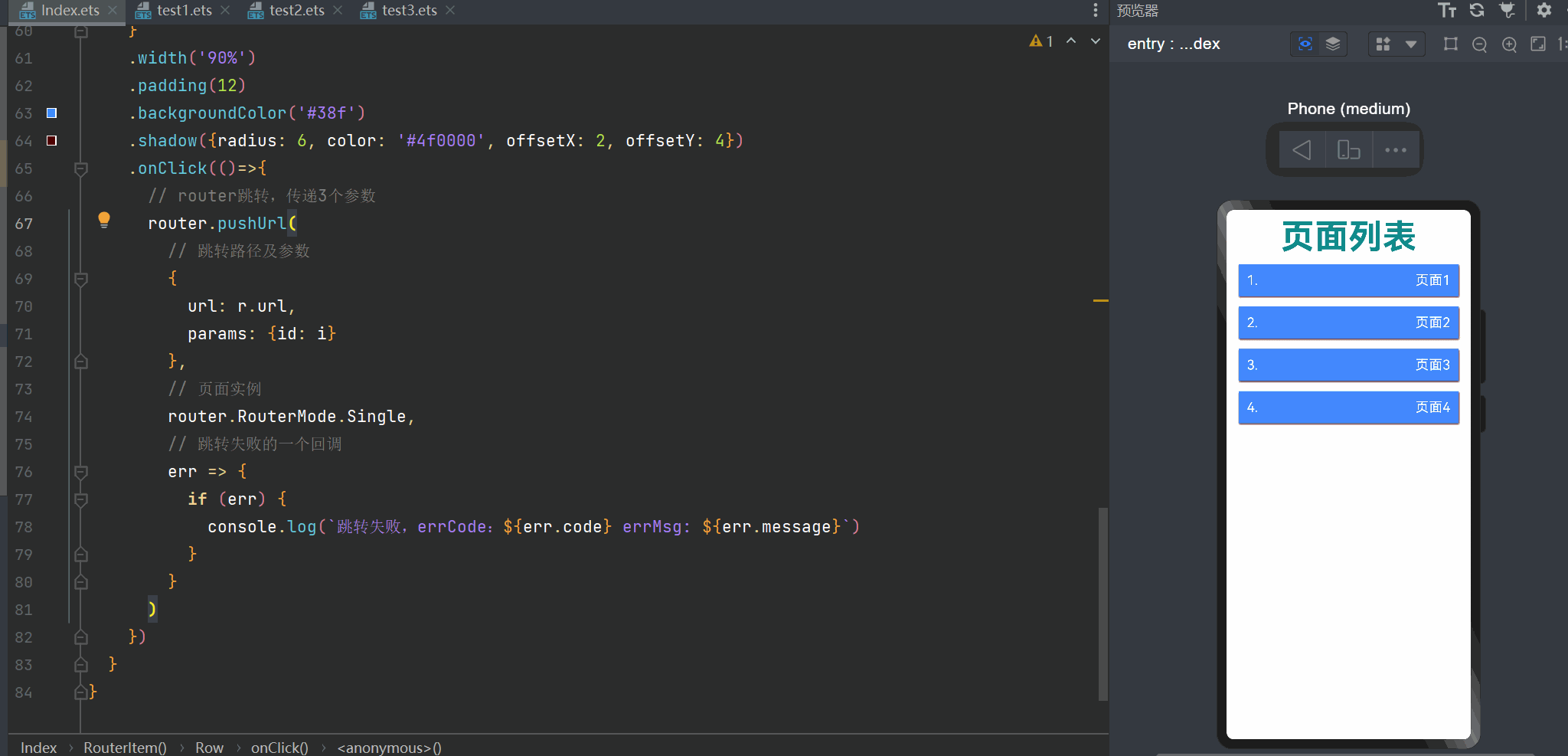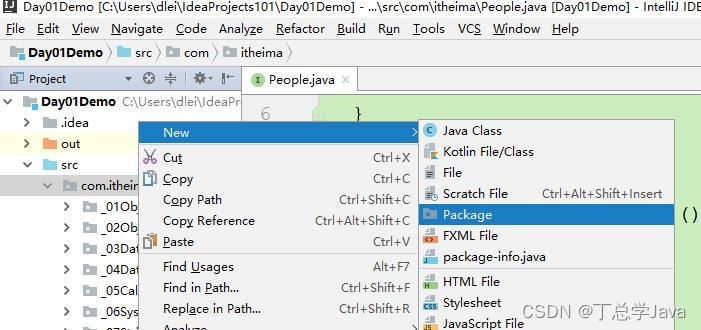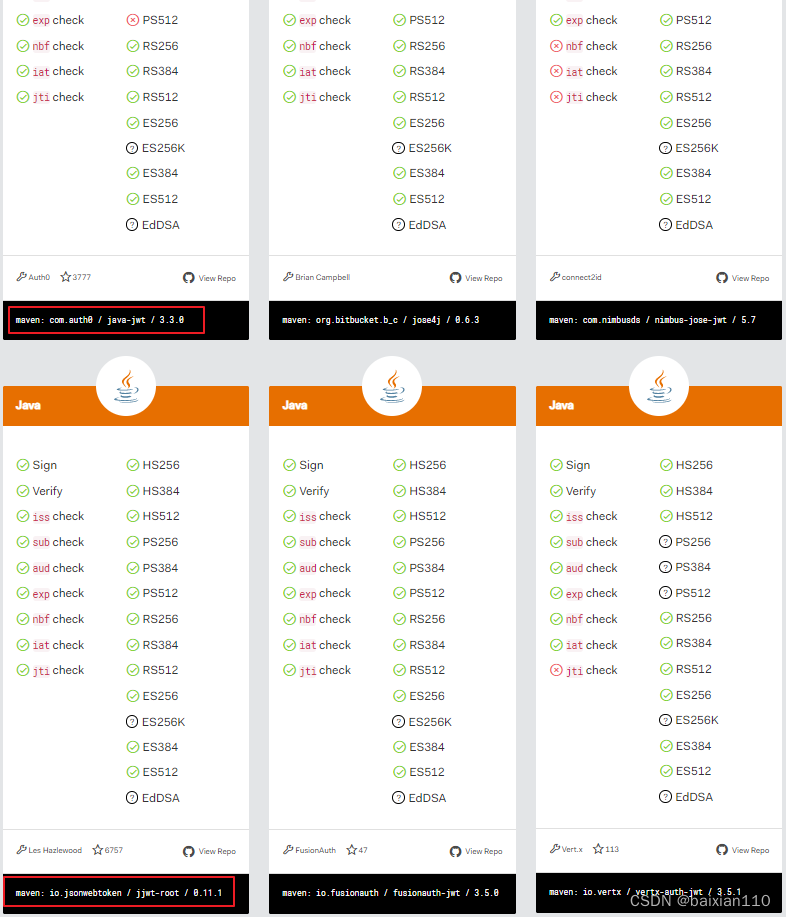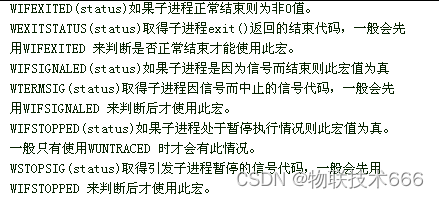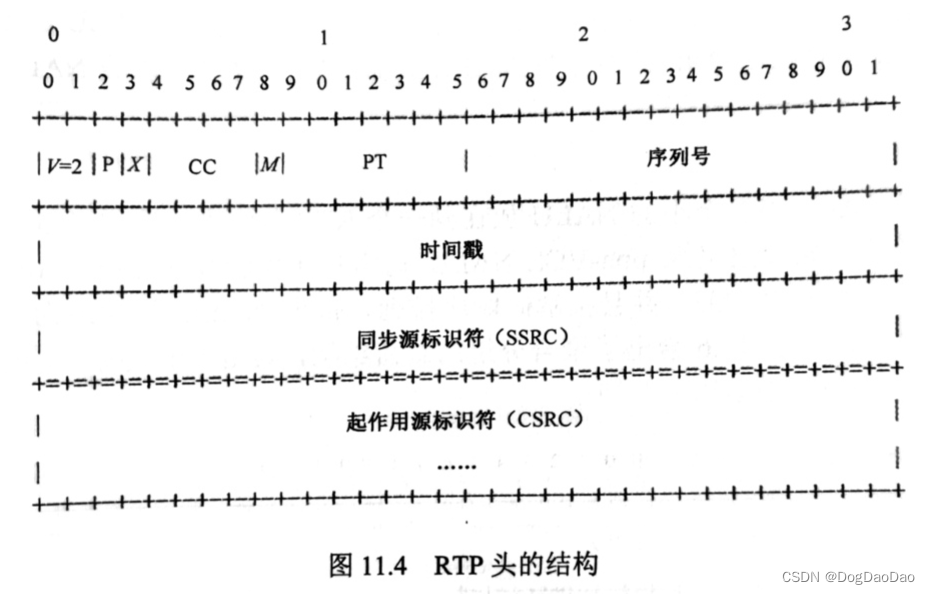前言
VioManager类里还有VioManagerHelper.cpp,VioManagerOptions.h这两个文件,也包含了一些函数,这次接着看这个 。
整体分析
void VioManager::initialize_with_gt(Eigen::Matrix<double, 17, 1> imustate)
给一个状态,然后初始化IMU的状态
bool VioManager::try_to_initialize(const ov_core::CameraData &message)
尝试初始化状态
void VioManager::retriangulate_active_tracks(const ov_core::CameraData &message)
此函数将对当前帧中的所有特征重新进行三角测量。
对于系统当前正在跟踪的所有特征,重新对它们进行三角测量。
这对于需要当前点云(例如闭环)的下游应用程序非常有用。
这将尝试对所有点进行三角测量,而不仅仅是更新中使用的点。
cv::Mat VioManager::get_historical_viz_image()
获取我们拥有的轨迹的清晰可视化图像。
std::vectorEigen::Vector3d VioManager::get_features_SLAM()
返回全局框架中的 3d SLAM 特征。
std::vectorEigen::Vector3d VioManager::get_features_ARUCO()
返回全局框架中的 3d ARUCO 特征。
VioManagerOptions.h的主要函数如下:
它分为几个不同的部分:估计器、跟踪器和模拟。如
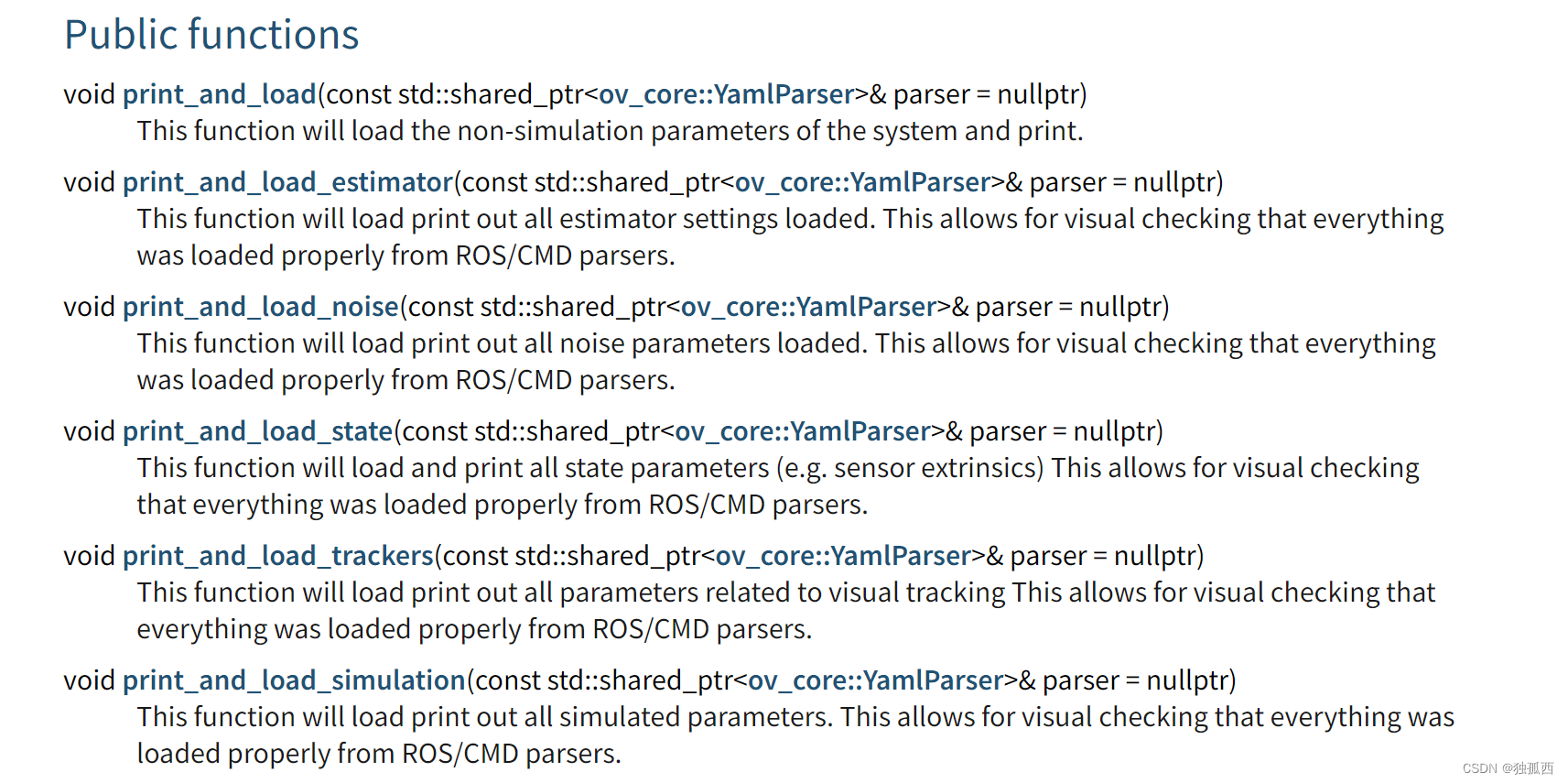
源码注释
/*
* OpenVINS: An Open Platform for Visual-Inertial Research
* Copyright (C) 2018-2023 Patrick Geneva
* Copyright (C) 2018-2023 Guoquan Huang
* Copyright (C) 2018-2023 OpenVINS Contributors
* Copyright (C) 2018-2019 Kevin Eckenhoff
*
* This program is free software: you can redistribute it and/or modify
* it under the terms of the GNU General Public License as published by
* the Free Software Foundation, either version 3 of the License, or
* (at your option) any later version.
*
* This program is distributed in the hope that it will be useful,
* but WITHOUT ANY WARRANTY; without even the implied warranty of
* MERCHANTABILITY or FITNESS FOR A PARTICULAR PURPOSE. See the
* GNU General Public License for more details.
*
* You should have received a copy of the GNU General Public License
* along with this program. If not, see <https://www.gnu.org/licenses/>.
*/
#include "VioManager.h"
#include "feat/Feature.h"
#include "feat/FeatureDatabase.h"
#include "feat/FeatureInitializer.h"
#include "types/LandmarkRepresentation.h"
#include "utils/print.h"
#include "init/InertialInitializer.h"
#include "state/Propagator.h"
#include "state/State.h"
#include "state/StateHelper.h"
using namespace ov_core;
using namespace ov_type;
using namespace ov_msckf;
void VioManager::initialize_with_gt(Eigen::Matrix<double, 17, 1> imustate) {//给一个状态,然后初始化IMU的状态
// Initialize the system
//初始化系统
state->_imu->set_value(imustate.block(1, 0, 16, 1));
state->_imu->set_fej(imustate.block(1, 0, 16, 1));
// Fix the global yaw and position gauge freedoms
// TODO: Why does this break out simulation consistency metrics?
// 修复全局偏航和位置仪自由度
// TODO:为什么要打破模拟一致性指标?
std::vector<std::shared_ptr<ov_type::Type>> order = {state->_imu};
Eigen::MatrixXd Cov = std::pow(0.02, 2) * Eigen::MatrixXd::Identity(state->_imu->size(), state->_imu->size());
Cov.block(0, 0, 3, 3) = std::pow(0.017, 2) * Eigen::Matrix3d::Identity(); // q
Cov.block(3, 3, 3, 3) = std::pow(0.05, 2) * Eigen::Matrix3d::Identity(); // p
Cov.block(6, 6, 3, 3) = std::pow(0.01, 2) * Eigen::Matrix3d::Identity(); // v (static)
StateHelper::set_initial_covariance(state, Cov, order);
// Set the state time
//设置状态时间
state->_timestamp = imustate(0, 0);
startup_time = imustate(0, 0);
is_initialized_vio = true;
// Cleanup any features older then the initialization time
//清除所有比初始化时间早的特征
trackFEATS->get_feature_database()->cleanup_measurements(state->_timestamp);
if (trackARUCO != nullptr) {
trackARUCO->get_feature_database()->cleanup_measurements(state->_timestamp);
}
// Print what we init'ed with
//打印信息
PRINT_DEBUG(GREEN "[INIT]: INITIALIZED FROM GROUNDTRUTH FILE!!!!!\n" RESET);
PRINT_DEBUG(GREEN "[INIT]: orientation = %.4f, %.4f, %.4f, %.4f\n" RESET, state->_imu->quat()(0), state->_imu->quat()(1),
state->_imu->quat()(2), state->_imu->quat()(3));
PRINT_DEBUG(GREEN "[INIT]: bias gyro = %.4f, %.4f, %.4f\n" RESET, state->_imu->bias_g()(0), state->_imu->bias_g()(1),
state->_imu->bias_g()(2));
PRINT_DEBUG(GREEN "[INIT]: velocity = %.4f, %.4f, %.4f\n" RESET, state->_imu->vel()(0), state->_imu->vel()(1), state->_imu->vel()(2));
PRINT_DEBUG(GREEN "[INIT]: bias accel = %.4f, %.4f, %.4f\n" RESET, state->_imu->bias_a()(0), state->_imu->bias_a()(1),
state->_imu->bias_a()(2));
PRINT_DEBUG(GREEN "[INIT]: position = %.4f, %.4f, %.4f\n" RESET, state->_imu->pos()(0), state->_imu->pos()(1), state->_imu->pos()(2));
}
bool VioManager::try_to_initialize(const ov_core::CameraData &message) {//尝试初始化状态
//这应该调用我们的初始化程序并尝试初始化状态。
//将来我们应该从这里调用结构运动代码。
//该功能还可以用于在发生故障后重新初始化系统。
// Directly return if the initialization thread is running
// Note that we lock on the queue since we could have finished an update
// And are using this queue to propagate the state forward. We should wait in this case
// 如果初始化线程正在运行则直接返回
// 请注意,我们锁定队列,因为我们本来可以完成更新
// 并使用该队列向前传播状态。在这种情况下我们应该等待
if (thread_init_running) {
std::lock_guard<std::mutex> lck(camera_queue_init_mtx);
camera_queue_init.push_back(message.timestamp);
return false;
}
// If the thread was a success, then return success!
//如果线程成功,返回成功
if (thread_init_success) {
return true;
}
// Run the initialization in a second thread so it can go as slow as it desires
//在第二个线程运行初始化,从而可以随心所欲地慢下来
thread_init_running = true;
std::thread thread([&] {
// Returns from our initializer
//从我们的初始化器返回
double timestamp;
Eigen::MatrixXd covariance;
std::vector<std::shared_ptr<ov_type::Type>> order;
auto init_rT1 = boost::posix_time::microsec_clock::local_time();
// Try to initialize the system
// We will wait for a jerk if we do not have the zero velocity update enabled
// Otherwise we can initialize right away as the zero velocity will handle the stationary case
// 尝试初始化系统
// 如果我们没有启用零速度更新,我们将等待一个急动
// 否则我们可以立即初始化,因为零速度将处理静止情况
bool wait_for_jerk = (updaterZUPT == nullptr);
bool success = initializer->initialize(timestamp, covariance, order, state->_imu, wait_for_jerk);
// If we have initialized successfully we will set the covariance and state elements as needed
// TODO: set the clones and SLAM features here so we can start updating right away...
// 如果初始化成功,我们将根据需要设置协方差和状态元素
// TODO:在此处设置克隆和 SLAM 特征,以便我们可以立即开始更新...
if (success) {
// Set our covariance (state should already be set in the initializer)
// 设置我们的协方差(状态应该已经在初始化器中设置)
StateHelper::set_initial_covariance(state, covariance, order);
// Set the state time
//设置状态时间
state->_timestamp = timestamp;
startup_time = timestamp;
// Cleanup any features older than the initialization time
// Also increase the number of features to the desired amount during estimation
// NOTE: we will split the total number of features over all cameras uniformly
// 清理所有早于初始化时间的特征
// 在估计期间还将特征数量增加到所需的数量
// 注意:我们将统一划分所有相机的特征总数
trackFEATS->get_feature_database()->cleanup_measurements(state->_timestamp);
trackFEATS->set_num_features(std::floor((double)params.num_pts / (double)params.state_options.num_cameras));
if (trackARUCO != nullptr) {
trackARUCO->get_feature_database()->cleanup_measurements(state->_timestamp);
}
// If we are moving then don't do zero velocity update4
// 如果我们正在移动,则不要进行零速度更新
if (state->_imu->vel().norm() > params.zupt_max_velocity) {
has_moved_since_zupt = true;
}
// Else we are good to go, print out our stats
// 否则我们就可以开始了,打印出我们的统计数据
auto init_rT2 = boost::posix_time::microsec_clock::local_time();
PRINT_INFO(GREEN "[init]: successful initialization in %.4f seconds\n" RESET, (init_rT2 - init_rT1).total_microseconds() * 1e-6);
PRINT_INFO(GREEN "[init]: orientation = %.4f, %.4f, %.4f, %.4f\n" RESET, state->_imu->quat()(0), state->_imu->quat()(1),
state->_imu->quat()(2), state->_imu->quat()(3));
PRINT_INFO(GREEN "[init]: bias gyro = %.4f, %.4f, %.4f\n" RESET, state->_imu->bias_g()(0), state->_imu->bias_g()(1),
state->_imu->bias_g()(2));
PRINT_INFO(GREEN "[init]: velocity = %.4f, %.4f, %.4f\n" RESET, state->_imu->vel()(0), state->_imu->vel()(1), state->_imu->vel()(2));
PRINT_INFO(GREEN "[init]: bias accel = %.4f, %.4f, %.4f\n" RESET, state->_imu->bias_a()(0), state->_imu->bias_a()(1),
state->_imu->bias_a()(2));
PRINT_INFO(GREEN "[init]: position = %.4f, %.4f, %.4f\n" RESET, state->_imu->pos()(0), state->_imu->pos()(1), state->_imu->pos()(2));
// Remove any camera times that are order then the initialized time
// This can happen if the initialization has taken a while to perform
// 删除所有顺序为初始化时间的相机时间
// 如果初始化需要一段时间才能执行,则可能会发生这种情况
std::lock_guard<std::mutex> lck(camera_queue_init_mtx);
std::vector<double> camera_timestamps_to_init;
for (size_t i = 0; i < camera_queue_init.size(); i++) {
if (camera_queue_init.at(i) > timestamp) {
camera_timestamps_to_init.push_back(camera_queue_init.at(i));
}
}
// Now we have initialized we will propagate the state to the current timestep
// In general this should be ok as long as the initialization didn't take too long to perform
// Propagating over multiple seconds will become an issue if the initial biases are bad
// 现在我们已经初始化了,我们将把状态传播到当前时间步
// 一般来说,只要初始化执行时间不长就应该没问题
// 如果初始偏差不好,那么在多秒内传播将成为一个问题
size_t clone_rate = (size_t)((double)camera_timestamps_to_init.size() / (double)params.state_options.max_clone_size) + 1;
for (size_t i = 0; i < camera_timestamps_to_init.size(); i += clone_rate) {
propagator->propagate_and_clone(state, camera_timestamps_to_init.at(i));
StateHelper::marginalize_old_clone(state);
}
PRINT_DEBUG(YELLOW "[init]: moved the state forward %.2f seconds\n" RESET, state->_timestamp - timestamp);
thread_init_success = true;
camera_queue_init.clear();
} else {
auto init_rT2 = boost::posix_time::microsec_clock::local_time();
PRINT_DEBUG(YELLOW "[init]: failed initialization in %.4f seconds\n" RESET, (init_rT2 - init_rT1).total_microseconds() * 1e-6);
thread_init_success = false;
std::lock_guard<std::mutex> lck(camera_queue_init_mtx);
camera_queue_init.clear();
}
// Finally, mark that the thread has finished running
//最后,标记线程已经运行完毕
thread_init_running = false;
});
// If we are single threaded, then run single threaded
// Otherwise detach this thread so it runs in the background!
// 如果我们是单线程,则运行单线程
// 否则分离该线程,使其在后台运行!
if (!params.use_multi_threading_subs) {
thread.join();
} else {
thread.detach();
}
return false;
}
void VioManager::retriangulate_active_tracks(const ov_core::CameraData &message) {
//此函数将对当前帧中的所有特征重新进行三角测量。
//对于系统当前正在跟踪的所有特征,重新对它们进行三角测量。
//这对于需要当前点云(例如闭环)的下游应用程序非常有用。
//这将尝试对所有点进行三角测量,而不仅仅是更新中使用的点。
// Start timing
//开始计时
boost::posix_time::ptime retri_rT1, retri_rT2, retri_rT3;
retri_rT1 = boost::posix_time::microsec_clock::local_time();
// Clear old active track data
//清楚以前活跃的跟踪数据
assert(state->_clones_IMU.find(message.timestamp) != state->_clones_IMU.end());
active_tracks_time = message.timestamp;
active_image = cv::Mat();
trackFEATS->display_active(active_image, 255, 255, 255, 255, 255, 255, " ");
if (!active_image.empty()) {
active_image = active_image(cv::Rect(0, 0, message.images.at(0).cols, message.images.at(0).rows));
}
active_tracks_posinG.clear();
active_tracks_uvd.clear();
// Current active tracks in our frontend
// TODO: should probably assert here that these are at the message time...
// 我们前端中当前活跃的跟踪
// TODO:可能应该在这里断言这些是在消息时间...
auto last_obs = trackFEATS->get_last_obs();
auto last_ids = trackFEATS->get_last_ids();
// New set of linear systems that only contain the latest track info
// 一套新的线性系统,仅包含最新的跟踪信息
std::map<size_t, Eigen::Matrix3d> active_feat_linsys_A_new;
std::map<size_t, Eigen::Vector3d> active_feat_linsys_b_new;
std::map<size_t, int> active_feat_linsys_count_new;
std::unordered_map<size_t, Eigen::Vector3d> active_tracks_posinG_new;
// Append our new observations for each camera
//加入每个相机的新观测
std::map<size_t, cv::Point2f> feat_uvs_in_cam0;
for (auto const &cam_id : message.sensor_ids) {
// IMU historical clone
//IMU历史的克隆
Eigen::Matrix3d R_GtoI = state->_clones_IMU.at(active_tracks_time)->Rot();
Eigen::Vector3d p_IinG = state->_clones_IMU.at(active_tracks_time)->pos();
// Calibration for this cam_id
//对当前cam_id的标定
Eigen::Matrix3d R_ItoC = state->_calib_IMUtoCAM.at(cam_id)->Rot();
Eigen::Vector3d p_IinC = state->_calib_IMUtoCAM.at(cam_id)->pos();
// Convert current CAMERA position relative to global
//将当前相机坐标转变为全局坐标
Eigen::Matrix3d R_GtoCi = R_ItoC * R_GtoI;
Eigen::Vector3d p_CiinG = p_IinG - R_GtoCi.transpose() * p_IinC;
// Loop through each measurement
//每个测量循环
assert(last_obs.find(cam_id) != last_obs.end());
assert(last_ids.find(cam_id) != last_ids.end());
for (size_t i = 0; i < last_obs.at(cam_id).size(); i++) {
// Record this feature uv if is seen from cam0
//如果能从cam0看到则记录这个特征
size_t featid = last_ids.at(cam_id).at(i);
cv::Point2f pt_d = last_obs.at(cam_id).at(i).pt;
if (cam_id == 0) {
feat_uvs_in_cam0[featid] = pt_d;
}
// Skip this feature if it is a SLAM feature (the state estimate takes priority)
//如果是一个SLAM特征则跳过(状态估算优先)
if (state->_features_SLAM.find(featid) != state->_features_SLAM.end()) {
continue;
}
// Get the UV coordinate normal
//获取法线UV坐标
cv::Point2f pt_n = state->_cam_intrinsics_cameras.at(cam_id)->undistort_cv(pt_d);
Eigen::Matrix<double, 3, 1> b_i;
b_i << pt_n.x, pt_n.y, 1;
b_i = R_GtoCi.transpose() * b_i;
b_i = b_i / b_i.norm();
Eigen::Matrix3d Bperp = skew_x(b_i);
// Append to our linear system
//加入线性系统
Eigen::Matrix3d Ai = Bperp.transpose() * Bperp;
Eigen::Vector3d bi = Ai * p_CiinG;
if (active_feat_linsys_A.find(featid) == active_feat_linsys_A.end()) {
active_feat_linsys_A_new.insert({featid, Ai});
active_feat_linsys_b_new.insert({featid, bi});
active_feat_linsys_count_new.insert({featid, 1});
} else {
active_feat_linsys_A_new[featid] = Ai + active_feat_linsys_A[featid];
active_feat_linsys_b_new[featid] = bi + active_feat_linsys_b[featid];
active_feat_linsys_count_new[featid] = 1 + active_feat_linsys_count[featid];
}
// For this feature, recover its 3d position if we have enough observations!
//对这个特征,如果我们有足够观测则恢复3d坐标
if (active_feat_linsys_count_new.at(featid) > 3) {
// Recover feature estimate
//恢复特征估计
Eigen::Matrix3d A = active_feat_linsys_A_new[featid];
Eigen::Vector3d b = active_feat_linsys_b_new[featid];
Eigen::MatrixXd p_FinG = A.colPivHouseholderQr().solve(b);
Eigen::MatrixXd p_FinCi = R_GtoCi * (p_FinG - p_CiinG);
// Check A and p_FinCi
//检查A和p_FinCi
Eigen::JacobiSVD<Eigen::Matrix3d> svd(A);
Eigen::MatrixXd singularValues;
singularValues.resize(svd.singularValues().rows(), 1);
singularValues = svd.singularValues();
double condA = singularValues(0, 0) / singularValues(singularValues.rows() - 1, 0);
// If we have a bad condition number, or it is too close
// Then set the flag for bad (i.e. set z-axis to nan)
// 如果我们的条件数不好,或者太接近
// 然后设置 bad 标志(即将 z 轴设置为 nan)
if (std::abs(condA) <= params.featinit_options.max_cond_number && p_FinCi(2, 0) >= params.featinit_options.min_dist &&
p_FinCi(2, 0) <= params.featinit_options.max_dist && !std::isnan(p_FinCi.norm())) {
active_tracks_posinG_new[featid] = p_FinG;
}
}
}
}
size_t total_triangulated = active_tracks_posinG.size();
// Update active set of linear systems
//更新线性系统活跃集
active_feat_linsys_A = active_feat_linsys_A_new;
active_feat_linsys_b = active_feat_linsys_b_new;
active_feat_linsys_count = active_feat_linsys_count_new;
active_tracks_posinG = active_tracks_posinG_new;
retri_rT2 = boost::posix_time::microsec_clock::local_time();
// Return if no features
//没有特征则返回
if (active_tracks_posinG.empty() && state->_features_SLAM.empty())
return;
// Append our SLAM features we have
//如果有加入SLAM特征
for (const auto &feat : state->_features_SLAM) {
Eigen::Vector3d p_FinG = feat.second->get_xyz(false);
if (LandmarkRepresentation::is_relative_representation(feat.second->_feat_representation)) {
// Assert that we have an anchor pose for this feature
//确保当前特征有一个锚点位姿
assert(feat.second->_anchor_cam_id != -1);
// Get calibration for our anchor camera
//从我们的锚点相机得到标定
Eigen::Matrix3d R_ItoC = state->_calib_IMUtoCAM.at(feat.second->_anchor_cam_id)->Rot();
Eigen::Vector3d p_IinC = state->_calib_IMUtoCAM.at(feat.second->_anchor_cam_id)->pos();
// Anchor pose orientation and position
//锚点位姿旋转和位置
Eigen::Matrix3d R_GtoI = state->_clones_IMU.at(feat.second->_anchor_clone_timestamp)->Rot();
Eigen::Vector3d p_IinG = state->_clones_IMU.at(feat.second->_anchor_clone_timestamp)->pos();
// Feature in the global frame
//全局坐标系中的特征
p_FinG = R_GtoI.transpose() * R_ItoC.transpose() * (feat.second->get_xyz(false) - p_IinC) + p_IinG;
}
active_tracks_posinG[feat.second->_featid] = p_FinG;
}
// Calibration of the first camera (cam0)
//第一个相机的标定
std::shared_ptr<Vec> distortion = state->_cam_intrinsics.at(0);
std::shared_ptr<PoseJPL> calibration = state->_calib_IMUtoCAM.at(0);
Eigen::Matrix<double, 3, 3> R_ItoC = calibration->Rot();
Eigen::Matrix<double, 3, 1> p_IinC = calibration->pos();
// Get current IMU clone state
//得到当前IMU的克隆状态
std::shared_ptr<PoseJPL> clone_Ii = state->_clones_IMU.at(active_tracks_time);
Eigen::Matrix3d R_GtoIi = clone_Ii->Rot();
Eigen::Vector3d p_IiinG = clone_Ii->pos();
// 4. Next we can update our variable with the global position
// We also will project the features into the current frame
// 4. 接下来我们可以用全局位置更新我们的变量
// 我们还将把特征投影到当前帧中
for (const auto &feat : active_tracks_posinG) {
// For now skip features not seen from current frame
// TODO: should we publish other features not tracked in cam0??
// 现在跳过当前帧中未看到的特征
// TODO: 我们应该发布 cam0 中未跟踪的其他功能吗?
if (feat_uvs_in_cam0.find(feat.first) == feat_uvs_in_cam0.end())
continue;
// Calculate the depth of the feature in the current frame
// Project SLAM feature and non-cam0 features into the current frame of reference
// 计算当前帧中特征的深度
// 将 SLAM 特征和非 cam0 特征投影到当前参考系中
Eigen::Vector3d p_FinIi = R_GtoIi * (feat.second - p_IiinG);
Eigen::Vector3d p_FinCi = R_ItoC * p_FinIi + p_IinC;
double depth = p_FinCi(2);
Eigen::Vector2d uv_dist;
if (feat_uvs_in_cam0.find(feat.first) != feat_uvs_in_cam0.end()) {
uv_dist << (double)feat_uvs_in_cam0.at(feat.first).x, (double)feat_uvs_in_cam0.at(feat.first).y;
} else {
Eigen::Vector2d uv_norm;
uv_norm << p_FinCi(0) / depth, p_FinCi(1) / depth;
uv_dist = state->_cam_intrinsics_cameras.at(0)->distort_d(uv_norm);
}
// Skip if not valid (i.e. negative depth, or outside of image)
// 如果无效则跳过(即负深度或图像外部)
if (depth < 0.1) {
continue;
}
// Skip if not valid (i.e. negative depth, or outside of image)
// 如果无效则跳过(即负深度或图像外部)
int width = state->_cam_intrinsics_cameras.at(0)->w();
int height = state->_cam_intrinsics_cameras.at(0)->h();
if (uv_dist(0) < 0 || (int)uv_dist(0) >= width || uv_dist(1) < 0 || (int)uv_dist(1) >= height) {
// PRINT_DEBUG("feat %zu -> depth = %.2f | u_d = %.2f | v_d = %.2f\n",(*it2)->featid,depth,uv_dist(0),uv_dist(1));
continue;
}
// Finally construct the uv and depth
//最后构建uv和深度
Eigen::Vector3d uvd;
uvd << uv_dist, depth;
active_tracks_uvd.insert({feat.first, uvd});
}
retri_rT3 = boost::posix_time::microsec_clock::local_time();
// Timing information
PRINT_ALL(CYAN "[RETRI-TIME]: %.4f seconds for triangulation (%zu tri of %zu active)\n" RESET,
(retri_rT2 - retri_rT1).total_microseconds() * 1e-6, total_triangulated, active_feat_linsys_A.size());
PRINT_ALL(CYAN "[RETRI-TIME]: %.4f seconds for re-projection into current\n" RESET, (retri_rT3 - retri_rT2).total_microseconds() * 1e-6);
PRINT_ALL(CYAN "[RETRI-TIME]: %.4f seconds total\n" RESET, (retri_rT3 - retri_rT1).total_microseconds() * 1e-6);
}
cv::Mat VioManager::get_historical_viz_image() {
//获取我们拥有的轨迹的清晰可视化图像。
// Return if not ready yet
//没准备好返回
if (state == nullptr || trackFEATS == nullptr)
return cv::Mat();
// Build an id-list of what features we should highlight (i.e. SLAM)
// 构建一个我们应该突出显示的功能的 ID 列表(即 SLAM)
std::vector<size_t> highlighted_ids;
for (const auto &feat : state->_features_SLAM) {
highlighted_ids.push_back(feat.first);
}
// Text we will overlay if needed
// 如果需要,我们将覆盖文本
std::string overlay = (did_zupt_update) ? "zvupt" : "";
overlay = (!is_initialized_vio) ? "init" : overlay;
// Get the current active tracks
// 获取当前活动跟踪
cv::Mat img_history;
trackFEATS->display_history(img_history, 255, 255, 0, 255, 255, 255, highlighted_ids, overlay);
if (trackARUCO != nullptr) {
trackARUCO->display_history(img_history, 0, 255, 255, 255, 255, 255, highlighted_ids, overlay);
// trackARUCO->display_active(img_history, 0, 255, 255, 255, 255, 255, overlay);
}
// Finally return the image
//最后返回图像
return img_history;
}
std::vector<Eigen::Vector3d> VioManager::get_features_SLAM() {//返回全局框架中的 3d SLAM 特征。
std::vector<Eigen::Vector3d> slam_feats;
for (auto &f : state->_features_SLAM) {
if ((int)f.first <= 4 * state->_options.max_aruco_features)
continue;
if (ov_type::LandmarkRepresentation::is_relative_representation(f.second->_feat_representation)) {
// Assert that we have an anchor pose for this feature
// 确保我们有这个特征的锚点姿态
assert(f.second->_anchor_cam_id != -1);
// Get calibration for our anchor camera
// 获取锚点相机的校准
Eigen::Matrix<double, 3, 3> R_ItoC = state->_calib_IMUtoCAM.at(f.second->_anchor_cam_id)->Rot();
Eigen::Matrix<double, 3, 1> p_IinC = state->_calib_IMUtoCAM.at(f.second->_anchor_cam_id)->pos();
// Anchor pose orientation and position
// 锚点姿态方向和位置
Eigen::Matrix<double, 3, 3> R_GtoI = state->_clones_IMU.at(f.second->_anchor_clone_timestamp)->Rot();
Eigen::Matrix<double, 3, 1> p_IinG = state->_clones_IMU.at(f.second->_anchor_clone_timestamp)->pos();
// Feature in the global frame
//全局坐标系中的位置
slam_feats.push_back(R_GtoI.transpose() * R_ItoC.transpose() * (f.second->get_xyz(false) - p_IinC) + p_IinG);
} else {
slam_feats.push_back(f.second->get_xyz(false));
}
}
return slam_feats;
}
std::vector<Eigen::Vector3d> VioManager::get_features_ARUCO() {//返回全局框架中的 3d ARUCO 特征。
std::vector<Eigen::Vector3d> aruco_feats;
for (auto &f : state->_features_SLAM) {
if ((int)f.first > 4 * state->_options.max_aruco_features)
continue;
if (ov_type::LandmarkRepresentation::is_relative_representation(f.second->_feat_representation)) {
// Assert that we have an anchor pose for this feature
assert(f.second->_anchor_cam_id != -1);
// Get calibration for our anchor camera
Eigen::Matrix<double, 3, 3> R_ItoC = state->_calib_IMUtoCAM.at(f.second->_anchor_cam_id)->Rot();
Eigen::Matrix<double, 3, 1> p_IinC = state->_calib_IMUtoCAM.at(f.second->_anchor_cam_id)->pos();
// Anchor pose orientation and position
Eigen::Matrix<double, 3, 3> R_GtoI = state->_clones_IMU.at(f.second->_anchor_clone_timestamp)->Rot();
Eigen::Matrix<double, 3, 1> p_IinG = state->_clones_IMU.at(f.second->_anchor_clone_timestamp)->pos();
// Feature in the global frame
aruco_feats.push_back(R_GtoI.transpose() * R_ItoC.transpose() * (f.second->get_xyz(false) - p_IinC) + p_IinG);
} else {
aruco_feats.push_back(f.second->get_xyz(false));
}
}
return aruco_feats;
}
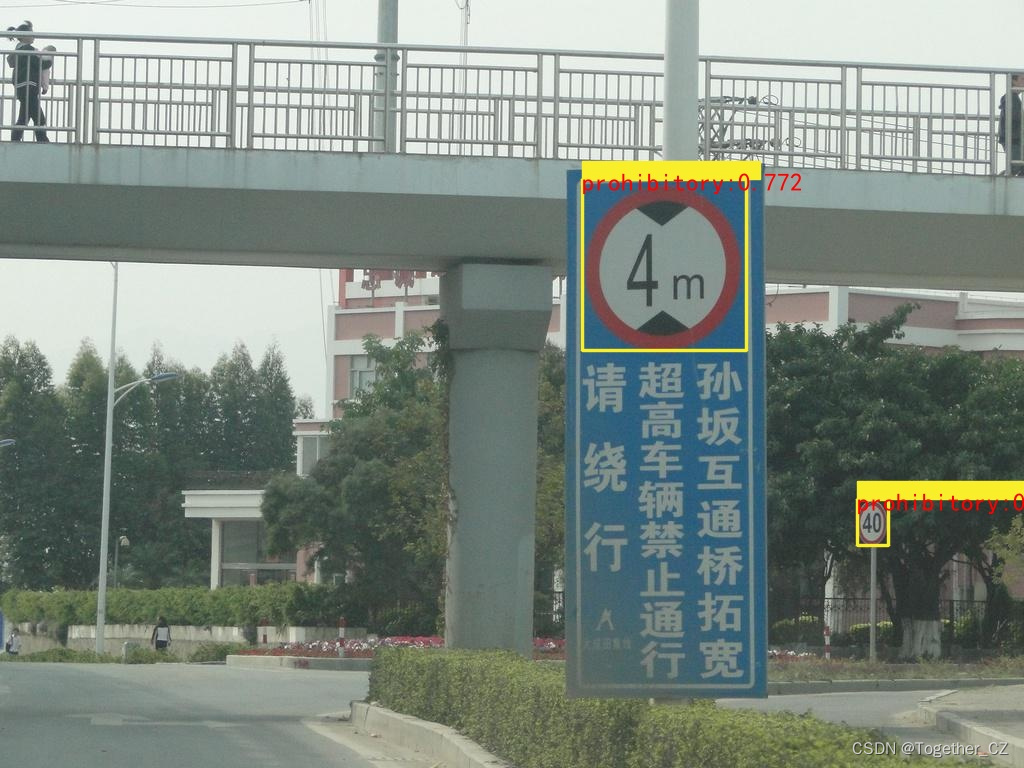
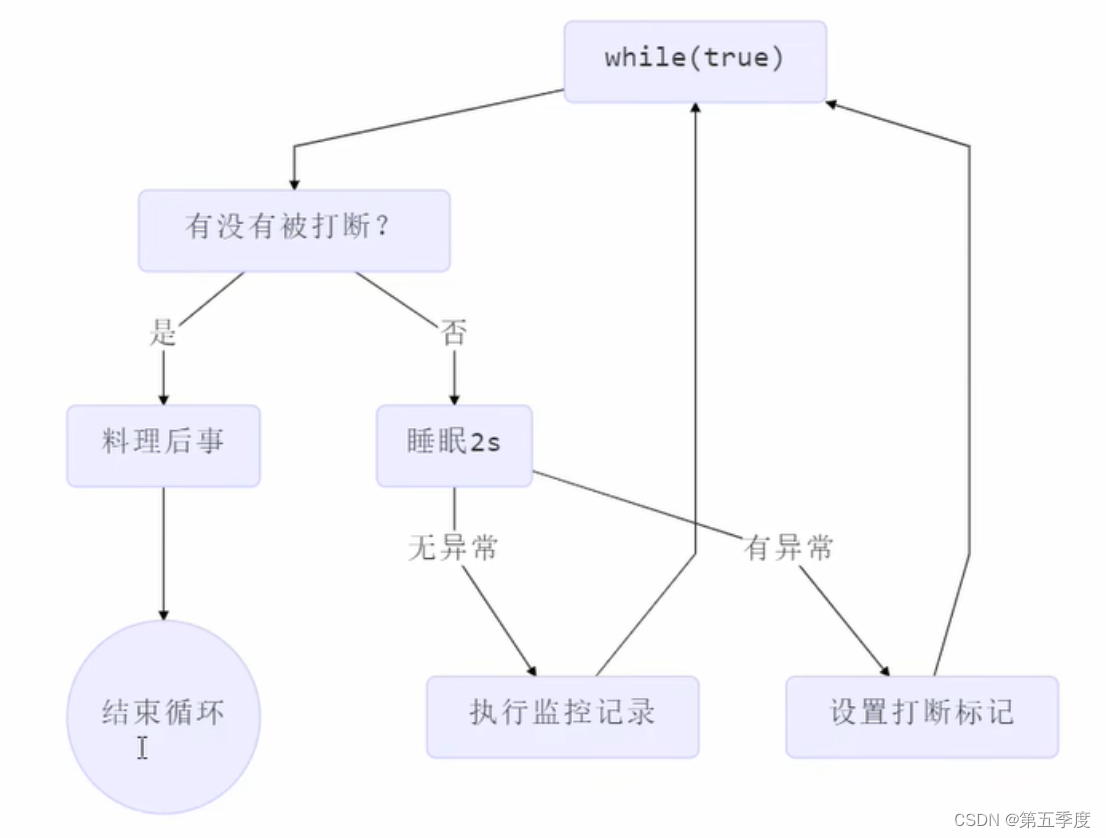

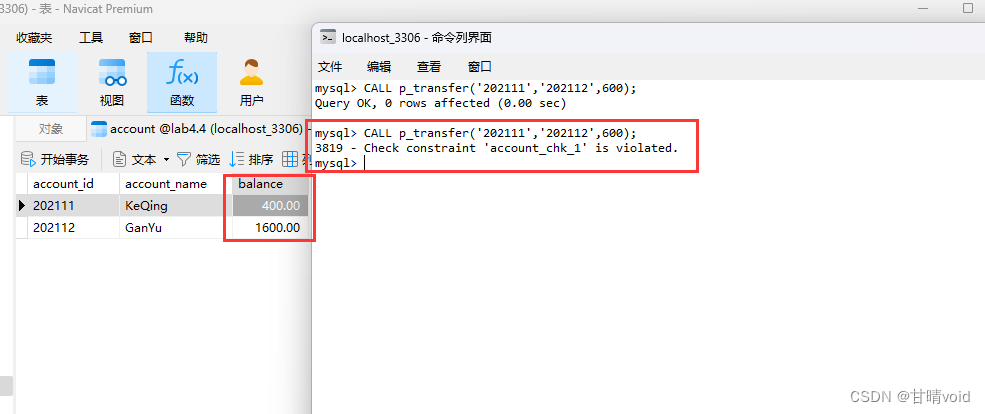
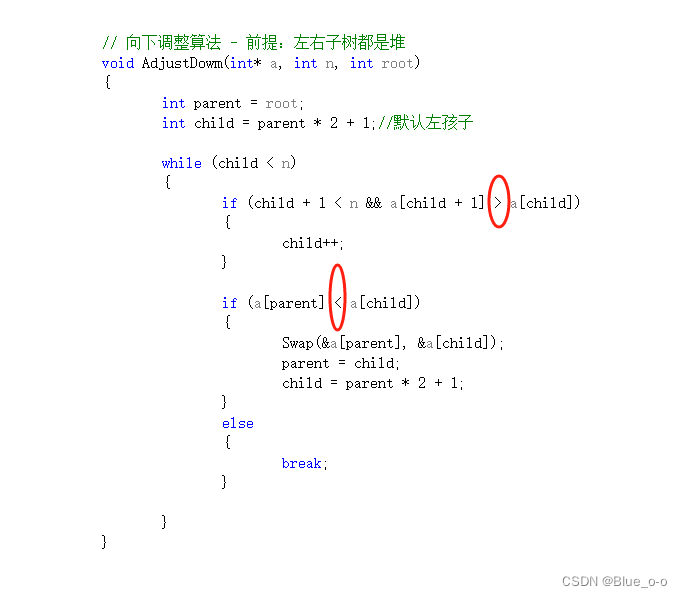
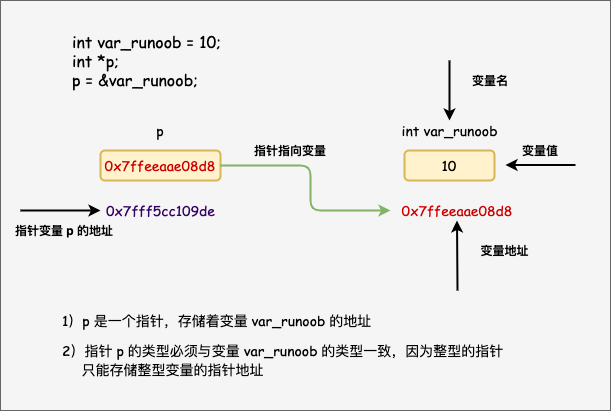

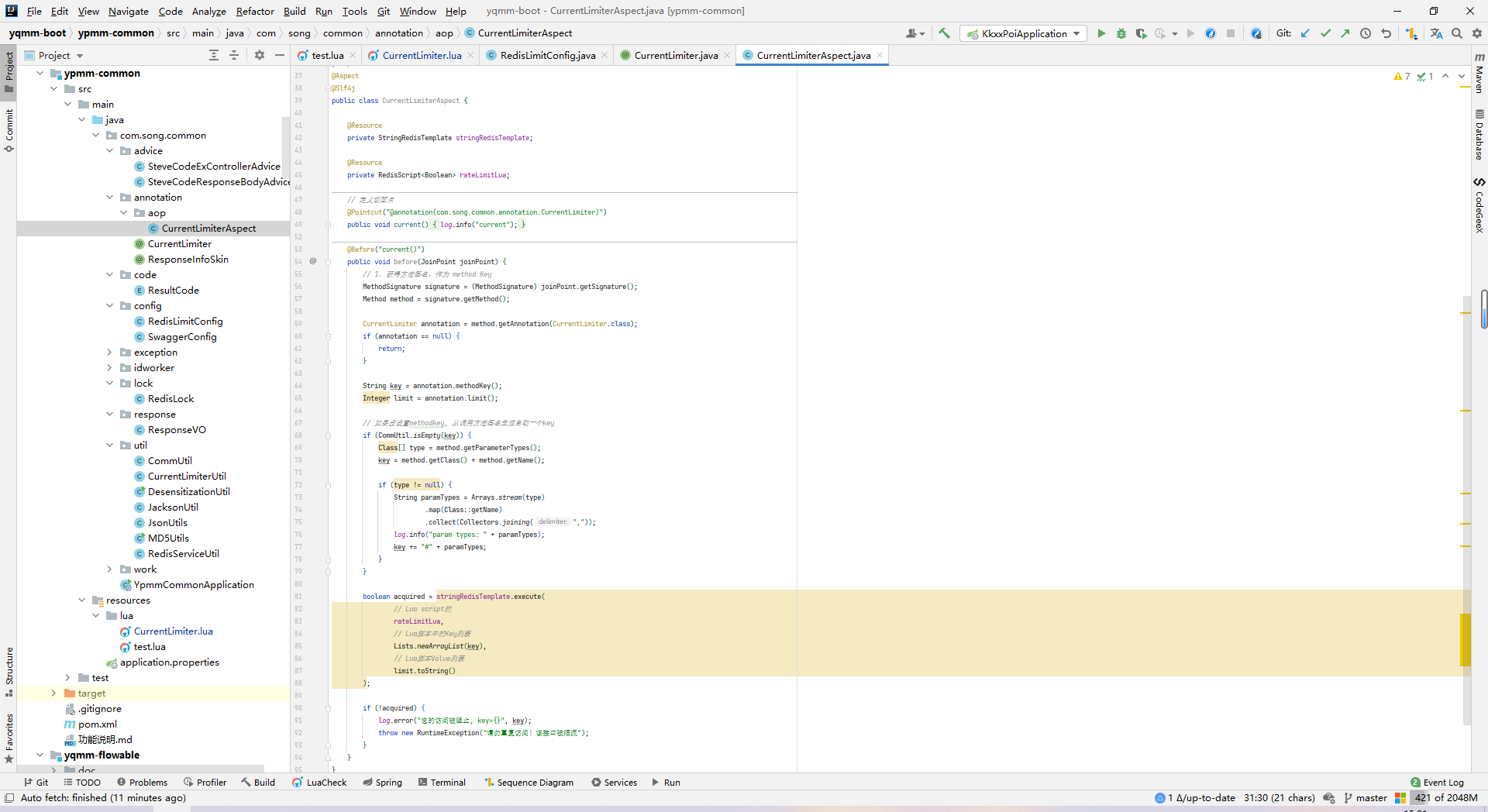
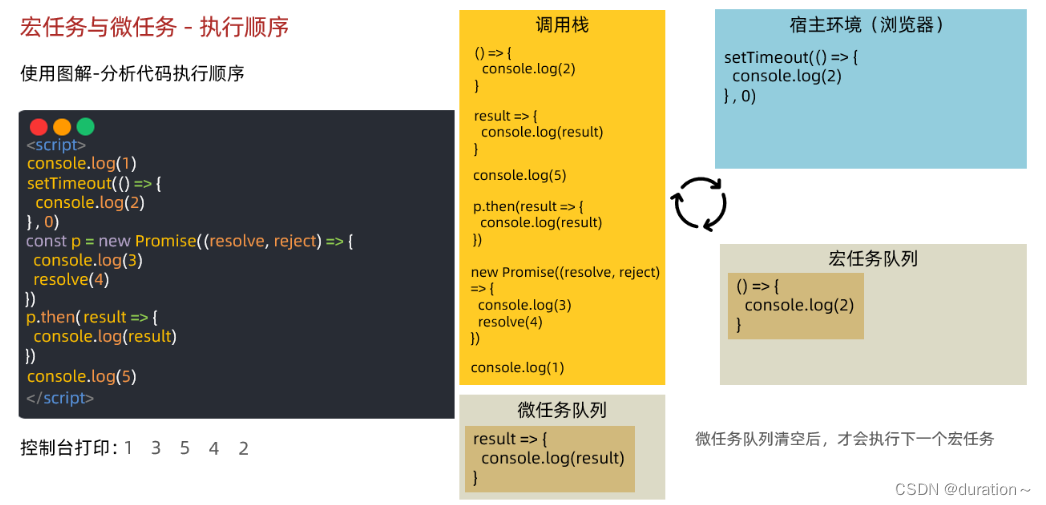
![[JavaWeb玩耍日记]JDBC(不常用)](https://img-blog.csdnimg.cn/direct/b368a97d062d4ff0abae43e148304cb0.png)
